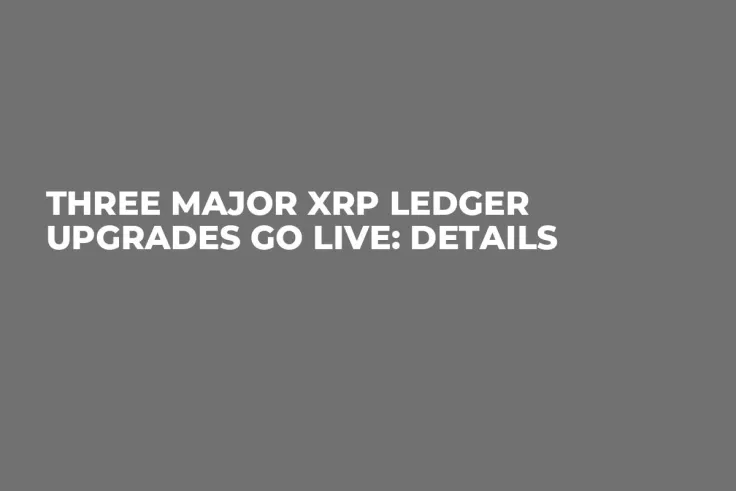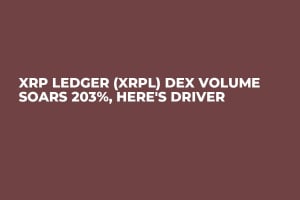
Disclaimer: The opinions expressed by our writers are their own and do not represent the views of U.Today. The financial and market information provided on U.Today is intended for informational purposes only. U.Today is not liable for any financial losses incurred while trading cryptocurrencies. Conduct your own research by contacting financial experts before making any investment decisions. We believe that all content is accurate as of the date of publication, but certain offers mentioned may no longer be available.
Three new amendments have been activated on the XRPL mainnet after a successful 14 day countdown timer in which they held 80% majority support.
In a tweet, XRP Ledger blockchain explorer XRPscan outlines these three amendments that have now been enabled on the XRP Ledger mainnet, including amendments fixAMMv1_3, fixEnforceNFTokenTrustlineV2 and fixPayChanCancelAfter.
With their activation, all rippled nodes running v2.4.0 and below risk being amendment blocked.
What's new?
FixAMMv1_3 adds several fixes to Automated Market Maker code, specifically adding several invariant checks to ensure that AMMs function as designed. It also adds rounding to AMM deposits and withdraws to ensure that the AMM's balance meets the invariant.
On the other hand, fixEnforceNFTokenTrustlineV2 fixes a bug where NFT transfer fees could bypass certain limitations on receiving tokens by preventing an NFT issuer from receiving fungible tokens as transfer fees if the issuer uses authorized trust lines and the NFT issuer's trust line is not authorized. It also prevents an NFT issuer from receiving fungible tokens as transfer fees on a deep-frozen trust line. Without this amendment, NFT transfer fees could be paid to an NFT issuer, circumventing these restrictions.
FixPayChanCancelAfter amendment prevents new payment channels from being created with a "CancelAfter time" that is before the current ledger. Without this amendment, transactions can create a payment channel whose "CancelAfter time" is in the past. This payment channel is automatically removed as expired by the next transaction.
Yesterday, RippleX software engineer Mayukha Vadari hinted at a new spec drop that lays out the life cycle of an XRP Ledger Standards (XLS) process, clarifying categories of standards and establishing editorial responsibilities.
This proposal is inspired by Ethereum’s EIP-1 and adapts established standards processes to meet the unique needs of the XRPL ecosystem.

 Arman Shirinyan
Arman Shirinyan Gamza Khanzadaev
Gamza Khanzadaev Alex Dovbnya
Alex Dovbnya